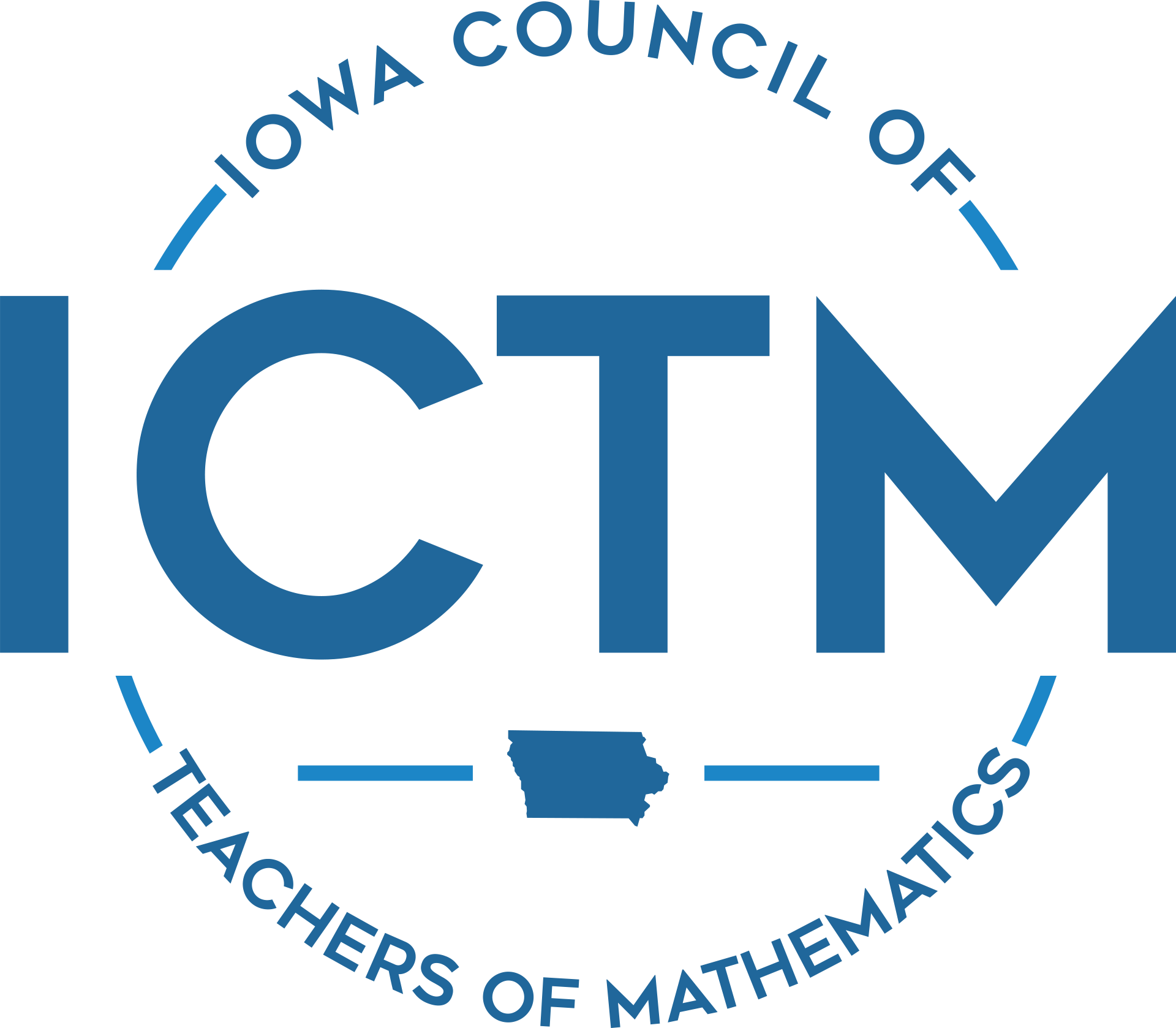Creating meaningful and engaging learning experiences is a top priority in today's ever-evolving educational landscape. One of the most effective ways to achieve this goal is by implementing student-centered curricula. These curricula place the learner at the heart of the educational process, fostering engagement, critical thinking, and deeper understanding—especially in mathematics.
Student-centered approaches can transform classrooms, empower learners, and create environments where all students can thrive. Here's a closer look at what student-centered curriculums entail and their benefits to math education.
What Is a Student-Centered Curriculum?
A student-centered curriculum is designed to:
- Prioritize student interests, experiences, and goals.
- Focus on active learning through problem-solving, inquiry, and exploration.
- Allow students to take ownership of their learning by making choices and engaging in self-directed tasks.
- Use collaborative learning strategies to encourage teamwork and communication.
- Adapt to diverse needs, leveraging differentiation to meet every student where they are.
Unlike traditional, teacher-centered curriculums, which are primarily lecture-based and content-driven, student-centered curriculums shift the focus to the learner's needs, abilities, and interests. This approach empowers students to participate in their education, actively developing autonomy and confidence.

The Benefits of Student-Centered Curriculums in Mathematics
1.
Enhanced Engagement and Motivation
Student-centered curriculums foster intrinsic motivation by tapping into students' natural curiosity and involving them in relevant, real-world problems. In mathematics, this could mean exploring financial literacy, data analysis on community issues, or designing solutions for environmental challenges. When students see the relevance of math in their lives, their engagement soars.
2. Deeper Understanding of Mathematical Concepts
Active learning strategies, such as inquiry-based tasks or collaborative problem-solving, encourage students to dive deeply into concepts rather than passively memorizing procedures. This results in a stronger conceptual foundation and better retention of skills.
3. Development of Critical Thinking and Problem-Solving Skills
Student-centered approaches challenge learners to think critically, reason logically, and solve complex problems. Whether tackling open-ended questions or working through multi-step problems, students learn to approach challenges confidently and creatively.
4. Supports Differentiation and Equity
A student-centered curriculum recognizes that each learner is unique. By offering multiple entry points, flexible pathways, and opportunities for choice, teachers can meet the diverse needs of students. This approach is particularly impactful in addressing achievement gaps and promoting equity in math education.
5. Fosters Collaboration and Communication
Collaborative tasks and group projects help students develop interpersonal skills while deepening their understanding of mathematical concepts. Explaining reasoning, debating strategies, and working toward a shared solution build academic and social skills.
6. Encourages Ownership of Learning
When students are involved in setting goals, choosing tasks, and reflecting on their progress, they develop a sense of ownership. This leads to greater accountability, perseverance, and a growth mindset.
What Does a Student-Centered Math Classroom Look Like?
Tasks are designed around authentic problems that resonate with students' interests and experiences. For example, middle schoolers might calculate the costs of building a playground, and high school students might analyze statistical trends in sports.
Students can choose tasks, strategies, or formats to demonstrate their understanding. For instance, they might solve problems using visual models, equations, or written explanations.
Group discussions, peer teaching, and cooperative problem-solving are integral to learning. A student-centered classroom is bustling with conversation and idea-sharing.
Instead of delivering content, the teacher acts as a guide, asking probing questions, providing feedback, and supporting students as they explore and construct knowledge.
Implementing Student-Centered Curriculums: Key Considerations
1.
Start Small
Transitioning to a student-centered approach doesn't have to happen overnight. Begin with a single lesson or unit incorporating choice, collaboration, and real-world connections.
2. Leverage High-Quality Instructional Materials
Use resources that align with research-based practices and offer rich, active learning and inquiry tasks.
3. Provide Professional Development
Equip teachers with strategies to design and implement student-centered instruction effectively. Coaching and collaborative planning time can support this shift.
4. Embrace Formative Assessment
Frequent check-ins, student reflections, and informal assessments help teachers tailor instruction to meet the needs of their learners.
5. Foster a Growth Mindset Culture
Create a classroom environment where mistakes are viewed as opportunities for learning and persistence is celebrated.
The Impact of Student-Centered Curriculums
When implemented thoughtfully, student-centered curriculums can transform math classrooms into dynamic spaces of exploration and discovery. Students become better mathematicians and develop critical life skills such as communication, collaboration, and adaptability.
As educators, we can create learning environments where students feel empowered to ask questions, take risks, and explore the beauty and utility of mathematics. By embracing student-centered curriculums, we can ensure that all learners see themselves as capable mathematicians ready to tackle future challenges.
How can you take the first step toward student-centered instruction in you classroom or district? Let's start the conversation-share your ideas, successes, and questions below!
image 1 attribution: https://im.kendallhunt.com/MS/teachers/what_is_pbc.html


